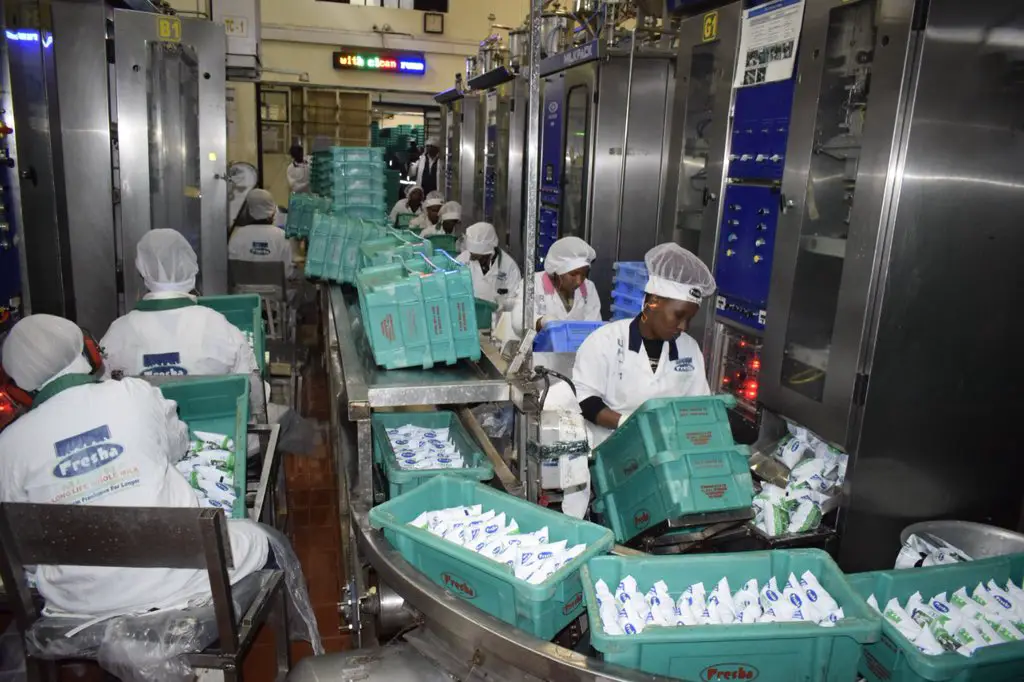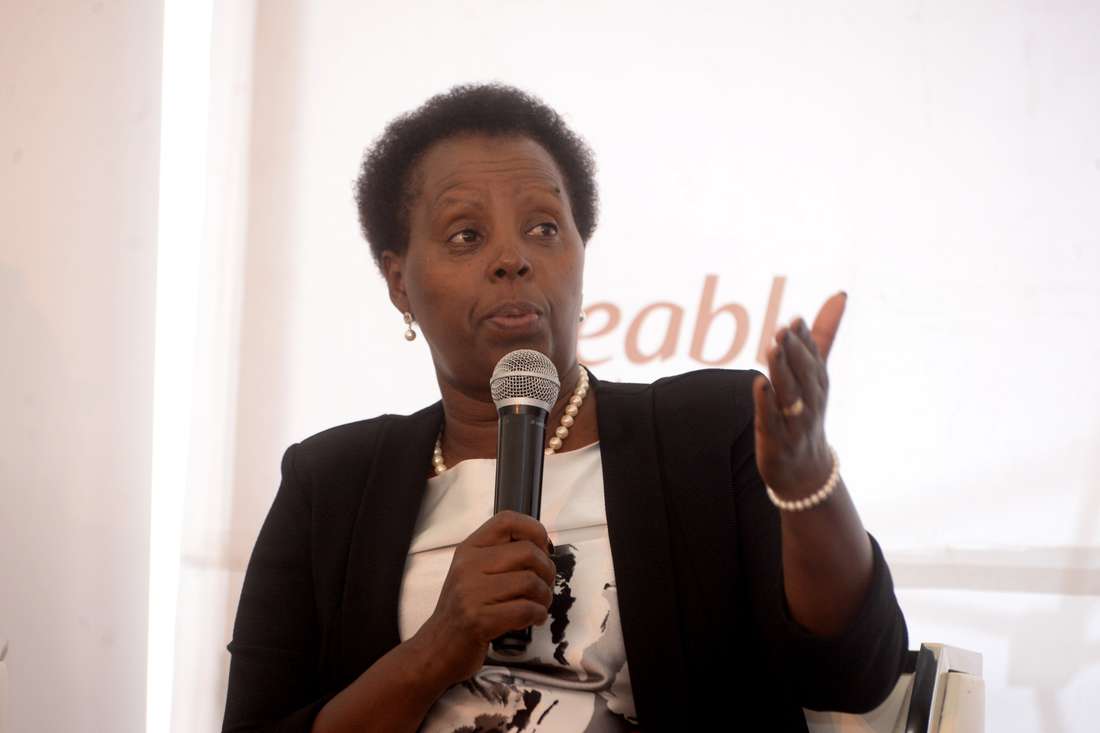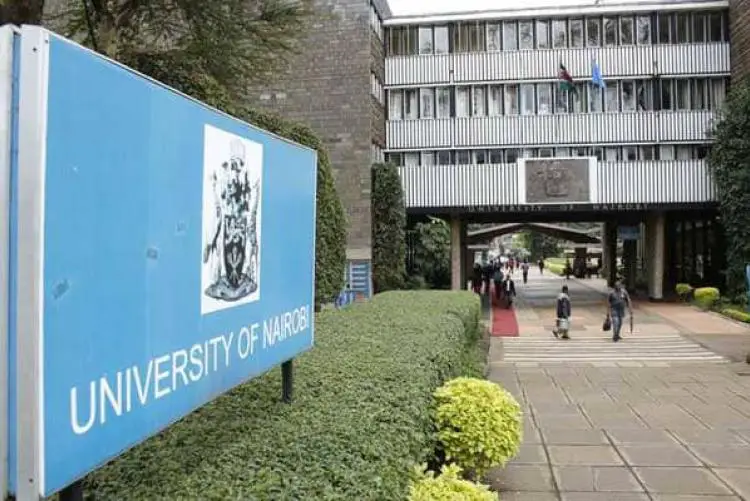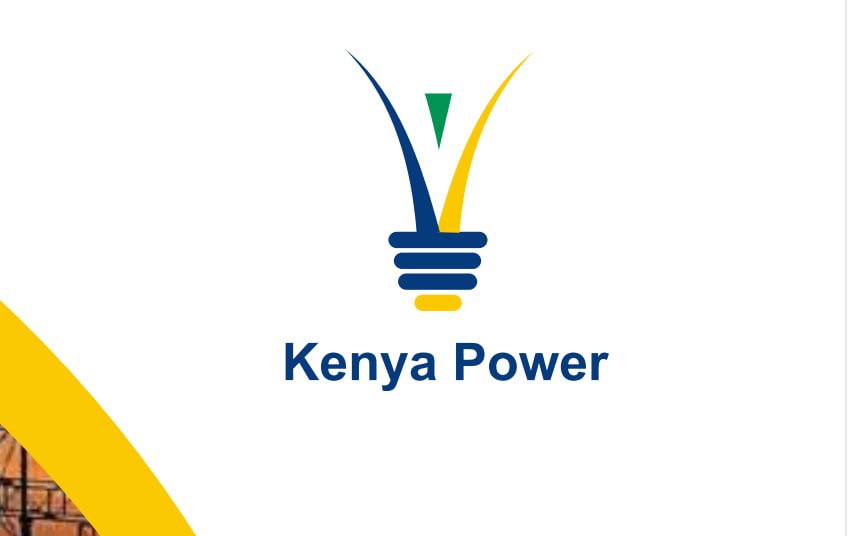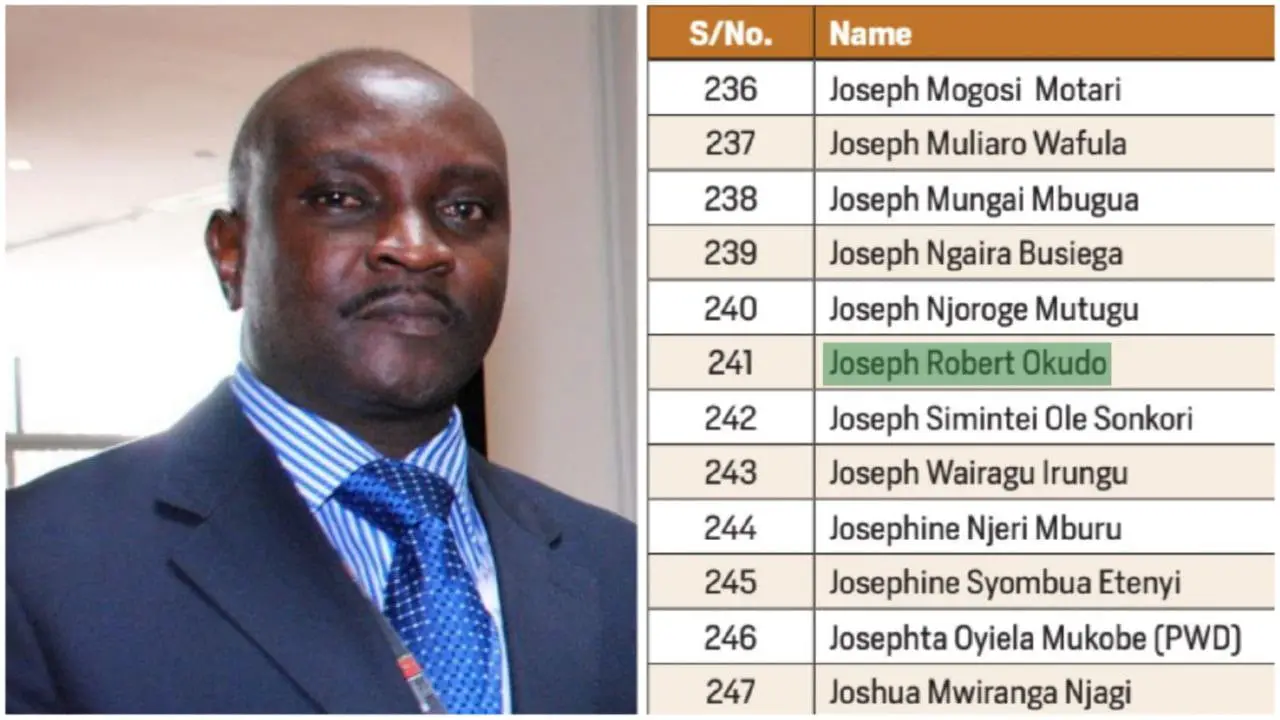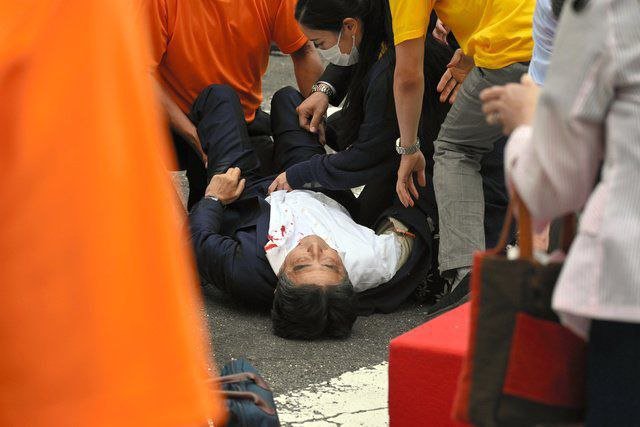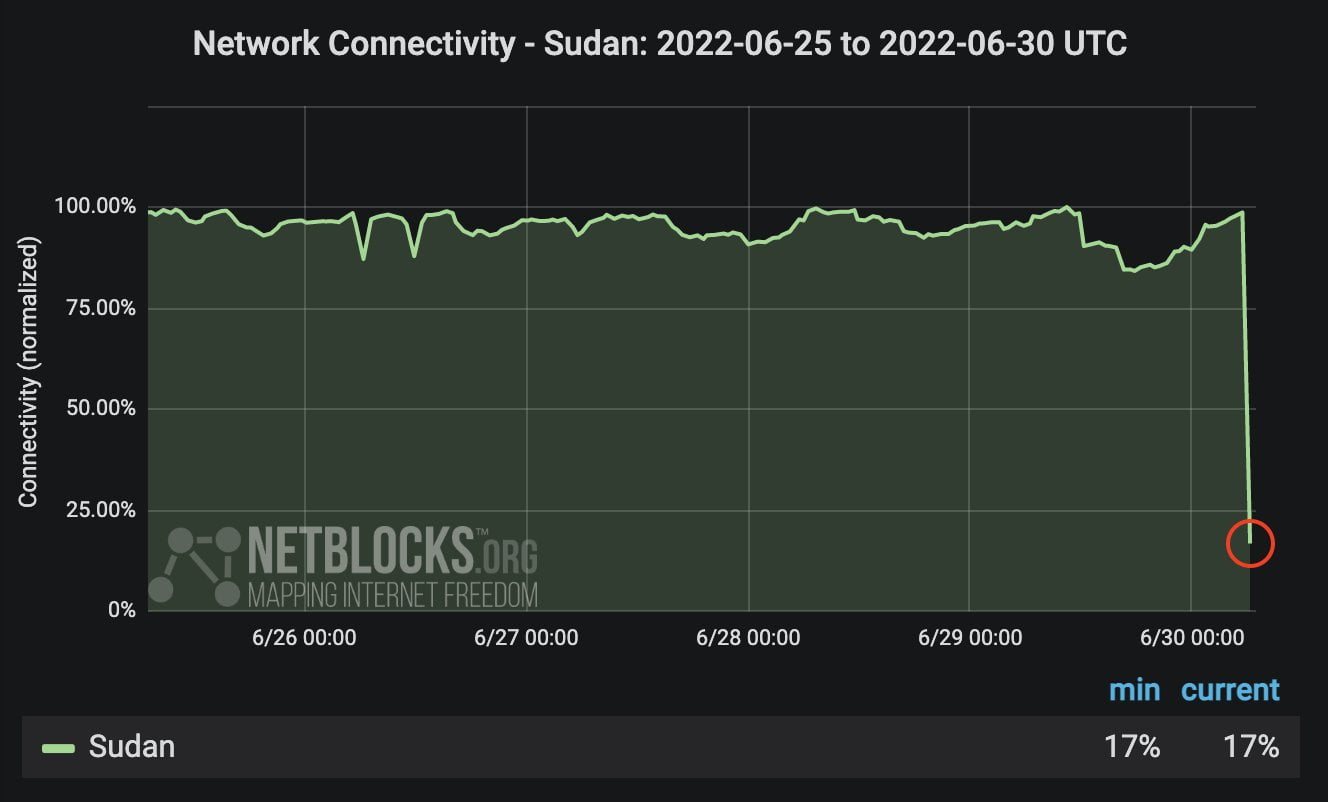
Kenya, in 2008, embarked on an ambitious plan to introduce nuclear power by 2020.
However, due to missteps and general incompetence in the nuclear energy programme implementation organization (formerly NEPC and KNEB, now Nuclear Power and Energy Agency – NuPEA) and the energy ministry, this deadline has been pushed beyond 2040.
Nuclear power in Kenya, although a noble idea, is an unfounded draining undertaking.
Nuclear power would certainly not fit into the grid since the country has no foreseeable demand for it.
The current power requirements in Kenya are about 2900 MW at peak demand and about 1000 MW on many nights with an installed capacity of about 3500 MW.
If nuclear power were to be introduced, even just one 1000 MW unit (about 30% of the installed capacity), it would be unsafe to operate it since it would provide more than 10% of the total grid output (this is an internationally accepted standard).
Considering the economics of nuclear power, running it at a lower power rating would not be a good return on investment.
The other major issue is the fact that the economics of nuclear power construction demands more than one unit to be constructed.
This means two NPPs would contribute 2000 MW, about 57% power of the current installed power capacity, which is EXTREMELY DANGEROUS to grid stability.
Regional grid interconnectivity which can potentially resolve grid instability is still poor and will likely remain so.
Kenya is currently facing a financial crisis courtesy of heavy borrowing that financed budget deficits and not-so-needed infrastructure.
A typical 2-unit 2000 MW nuclear construction would cost a minimum of 10 billion US dollars (about 1.16 trillion Kenya Shillings at 116 exchange rate).
Due to the complexity of NPP projects, ever-increasing costs and cost overruns have plagued the NPP industry.
The costs of NPP constructions in the US and UK are prime examples of cost overruns and there is no such thing as the maximum cost of nuclear construction.
Although many options for financing nuclear power in Kenya exist, the economic atmosphere and competing power sources render nuclear power an expensive adventure for investors and any country that doesn’t own the core nuclear technology.
The NEPIOs’ (NuPEA) core business is fundamentally flawed.
The Gen-III and Gen-IV nuclear power plant (NPP) technologies touted by NuPEA are decades old.
Prohibitive construction costs have led nuclear engineers to consider more robust and modular constructions such as small modular reactors (SMRs).
These new and versatile technologies have gained popularity the world over due to ease of fit into the grid and lower entry costs.
It is predicted that by 2030 SMRs will have overtaken traditional NPP in terms of new constructions in the first world.
Kenya’s NuPEA has no roadmap that would consider such newer technologies.
Problems eventually arise in using older technologies (such as parts, nuclear consumables, support, maintenance, decommissioning etc.
Furthermore, NuPEA has shown keen interest in a research reactor (RR).
This is problematic in four ways.
(1) NuPEA will digress from its primary nuclear power objective.
(2) RR should be implemented by an independent body or an institution of higher learning.
(3) RRs are nowadays available through regional partnerships at a low cost.
(4) Better RR technologies are continually made available to researchers.
Alternative power sources, especially renewables, have demonstrated feasibility through quick installations at ever-decreasing costs.
Geothermal power in Kenya for example has a capacity of 10,000 MW with only about 1600 MW already explored.
The Geothermal development company (GDC) have over the years developed skilled resources and can independently explore geothermal fields anywhere in the world.
Hydro in Kenya, although affected by seasons of drought, has demonstrated resilience over many years.
While geothermal and hydro have for many years supplied Kenya’s base-load power, Kenya courtesy of its geographical location receives 12 hours of sunshine, plenty to offset the peak household power demands.
Wind power, like solar power, can be used in off-grid locations.
Moreover, intermittent power sources (solar and wind) have benefitted from advancements in power storage technologies.
In fact, for Kenya to even consider nuclear power, at a minimum has to fully explore its’ affordable renewable sources.
Pro-nuclear groups often argue that the major setback in renewable energy is the intermittency and limited capacity of supplying electricity as base-load sources.
This issue has been addressed widely.
Fragmented renewable energy sources can achieve superior stability if distributed over a wide geographical area.
With smart grid management technologies, fragmented and distributed renewable power sources can easily be banded into the grid at a very minimal cost to grid stability.
In Kenya, a few largescale renewable energy sources can sway the grid dramatically and can therefore favour the stable-nuclear argument.
With time, however, the number of renewable power sources will increase further stabilizing the grid and contributing to a larger capacity share (technically any renewable energy source can be connected to the grid whether small or large scale).
Since the inception of the now NuPEA in 2008, the number of trained manpower in matters nuclear is about 130 people.
Of the 130, about 20 are working in matters relating to nuclear while the knowledge of the rest is fading away courtesy of a nepotic and a highly incompetent NEPIO (NuPEA).
Considering age, the youngest of this trained manpower will be on average a minimum of 50 years old in 2040.
These experts would have been put to better use by training the next generation of nuclear engineers and scientists.
With this not happening, there is no foreseeable growth in the basic nuclear manpower.
Soon, partners who have stuck with Kenya’s ambition by providing training opportunities will be gone or shut their doors to Kenya, especially in the light of no confidence in NuPEA.
Incompetence on the part of the NEPIO (NuPEA) compounded with corruption in all matters government further dims the likelihood of going the nuclear power way in Kenya.
READ MORE: NuPEA: Nepotism And Incompetence
Incompetence can be overlooked in the short term (2008 -2022, 14 years) since manpower can grow exponentially under the right conditions (conditions such as emphasizing local training by well-trained/experienced engineers and scientists).
Corruption is however an ethical issue that demands a rigorous culture shift.
Nuclear Power in Kenya is a perilous endeavour.
There is no need for it.
It is an expensive venture.
The technology is nearly outdated.
Other power sources are readily available, cheap, reliable, and readily deployable.
The nuclear body in charge is corruptly controlled, lacks knowledgeable manpower, and is mismanaged.
The government of the day lacks in controlling corruption.
This is why nuclear in Kenya is a pipe dream.






